Helical Gears:An Overview
What Are Helical Gear?
Helical gears are cylindrical gears with teeth that are cut at an angle (helix angle) to the gear’s axis. This angled design allows for more gradual engagement of the teeth, resulting in smoother and quieter operation compared to spur gears.
What Materials Are Used for Helical Gears?
Helical gears can be manufactured from various materials, each suited for specific applications:
Steel: Commonly used for its high strength and durability.
Stainless Steel: Offers corrosion resistance, ideal for harsh environments.
Cast Iron: Cost-effective and strong, used for larger gears.
Brass: Good for lower loads and where reduced friction is beneficial.
Alloy Steels: Enhanced properties for high-performance applications.
How Do Helical Gears Work?
Helical gears operate by meshing the angled teeth of one gear with the angled teeth of another. As the gears rotate, the angled teeth engage gradually, which spreads the load over multiple teeth. This reduces stress and allows for smoother, quieter, and more efficient power transmission.
Are Helical Gears Available in Both Inch and Metric Sizes?
Yes, helical gears are available in both inch and metric sizes to accommodate different design standards:
Inch Gears: Measured in inches, commonly used in the United States and countries that follow Imperial measurement standards.
Metric Gears: Measured in millimeters, commonly used in Europe and countries that follow the Metric system.
What Are the Types of Helical Gears?
Helical gears come in several types, including:
Parallel Helical Gear: Gears with parallel shafts where the teeth engage in a parallel configuration.
Crossed Helical Gear: Gears with non-parallel, non-intersecting shafts where the helix angles allow for meshing.
Double Helical Gear (Herringbone Gears): Gears with two sets of teeth cut in a V-shape, which cancels out axial thrust and increases load capacity.
Should You Choose Standard or Customised Helical Gears?
Standard Helical Gears: Pre-made gears available off the shelf, suitable for general applications. They are cost-effective and readily available.
Customised Helical Gears: Tailored to specific design requirements, offering optimal performance for specialized needs.
What Are the Tool Costs for Manufacturing Helical Gears?
Tooling costs for helical gear manufacturing can vary based on several factors:
Design Complexity: More complex designs can increase tooling costs.
Material Selection: Different materials may require specific tooling adjustments, impacting costs.
Production Volume: Higher production volumes can offset initial tooling expenses, reducing the cost per part.
What Are the Benefits of Helical Gears?
Helical gears offer numerous advantages:
Smooth and Quiet Operation: Gradual engagement of teeth reduces noise and vibration.
High Load Capacity: Can handle higher loads due to multiple teeth being in contact.
Durability: Even distribution of stress increases gear life.
Efficiency: Effective power transmission with minimal losses.
Versatility: Suitable for various applications across different industries.
What Are the Applications of Helical Gears?
Helical gears are used in a wide range of industries and applications, including:
Automotive: Transmission systems and differential gears.
Industrial Machinery: Conveyors, mixers, and pumps.
Aerospace: Actuators and control systems.
Robotics: Precision motion control.
Marine: Propulsion systems and deck machinery.
What Tips Should Be Followed When Using Helical Gears?
When using helical gears, consider the following tips:
Proper Lubrication: Ensures smooth operation and reduces wear.
Correct Alignment: Misalignment can cause excessive wear and noise.
Load Management: Avoid overloading to prevent gear damage.
Regular Maintenance: Periodic inspections to ensure optimal performance and longevity.
Temperature Control: Monitor and manage operating temperatures to prevent overheating.
How Do Different Kinds of Gears Compare?
Helical gears differ from other gears such as spur gears, bevel gears, and worm gears in several ways:
Spur Gears: Simpler design, but noisier and less smooth operation.
Bevel Gears: Used for intersecting shafts, often at a 90-degree angle.
Worm Gears: Achieve high torque and large speed reductions in a compact form.
What Considerations Should Be Made When Choosing Helical Gears?
When choosing helical gears, consider the following:
Load Requirements: Ensure the gear material and design can handle the required load.
Environmental Conditions: Consider factors such as temperature, humidity, and exposure to chemicals.
Longevity: Choose materials and designs that offer the required lifespan for the application.
Compatibility: Ensure the gear set fits seamlessly into the existing mechanical system.
Why Choose Welleshaft for Your Helical Gear Needs?
Choosing Welleshaft offers several benefits:
Expertise: Decades of experience in gear manufacturing.
Quality: Commitment to high-quality standards and precision.
Customization: Ability to create bespoke solutions tailored to your requirements.
Technology: Utilization of advanced manufacturing techniques and equipment.
Customer Support: Dedicated service and support throughout the entire process, from design to delivery.
Critical Gear Data for Helical Gear Sets
Critical data for helical gear sets includes:
Helix Angle: The angle between the gear teeth and the gear axis, affecting load capacity and smoothness.
Pitch Diameter: The diameter of the pitch circle, determining the gear size.
Module (Metric) or Diametral Pitch (Inch): Represents the gear size, module in metric and diametral pitch in inch measurements.
Pressure Angle: The angle between the line of action and the line perpendicular to the pitch surface, impacting the strength and efficiency of the gear set.
Number of Teeth: Affects the gear ratio and overall dimensions.
Face Width: The width of the gear teeth, impacting load capacity.
Backlash: The clearance between the mating gear teeth, affecting precision and noise.
By understanding the intricacies and advantages of helical gears, you can make informed decisions for your applications, ensuring the best quality and performance for your products.


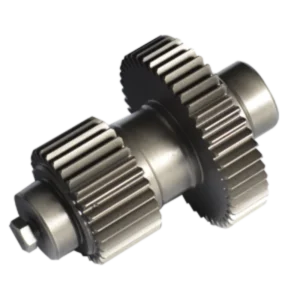
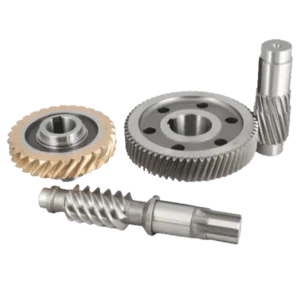
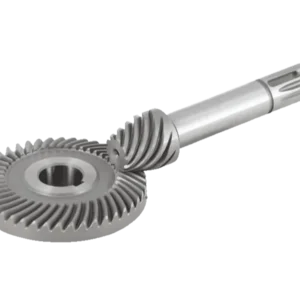
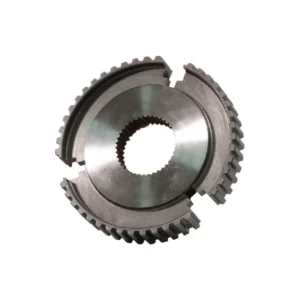
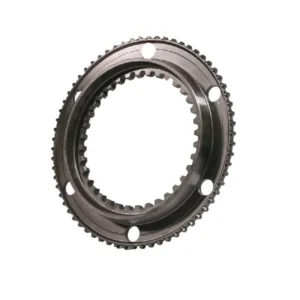
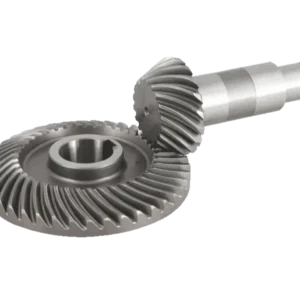
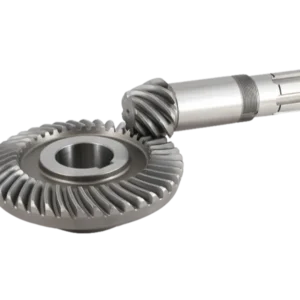
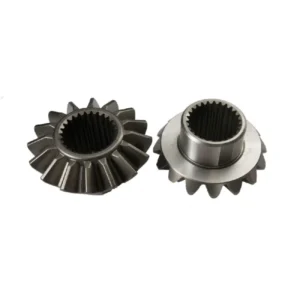
Reviews
There are no reviews yet.